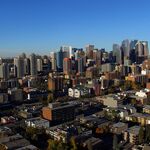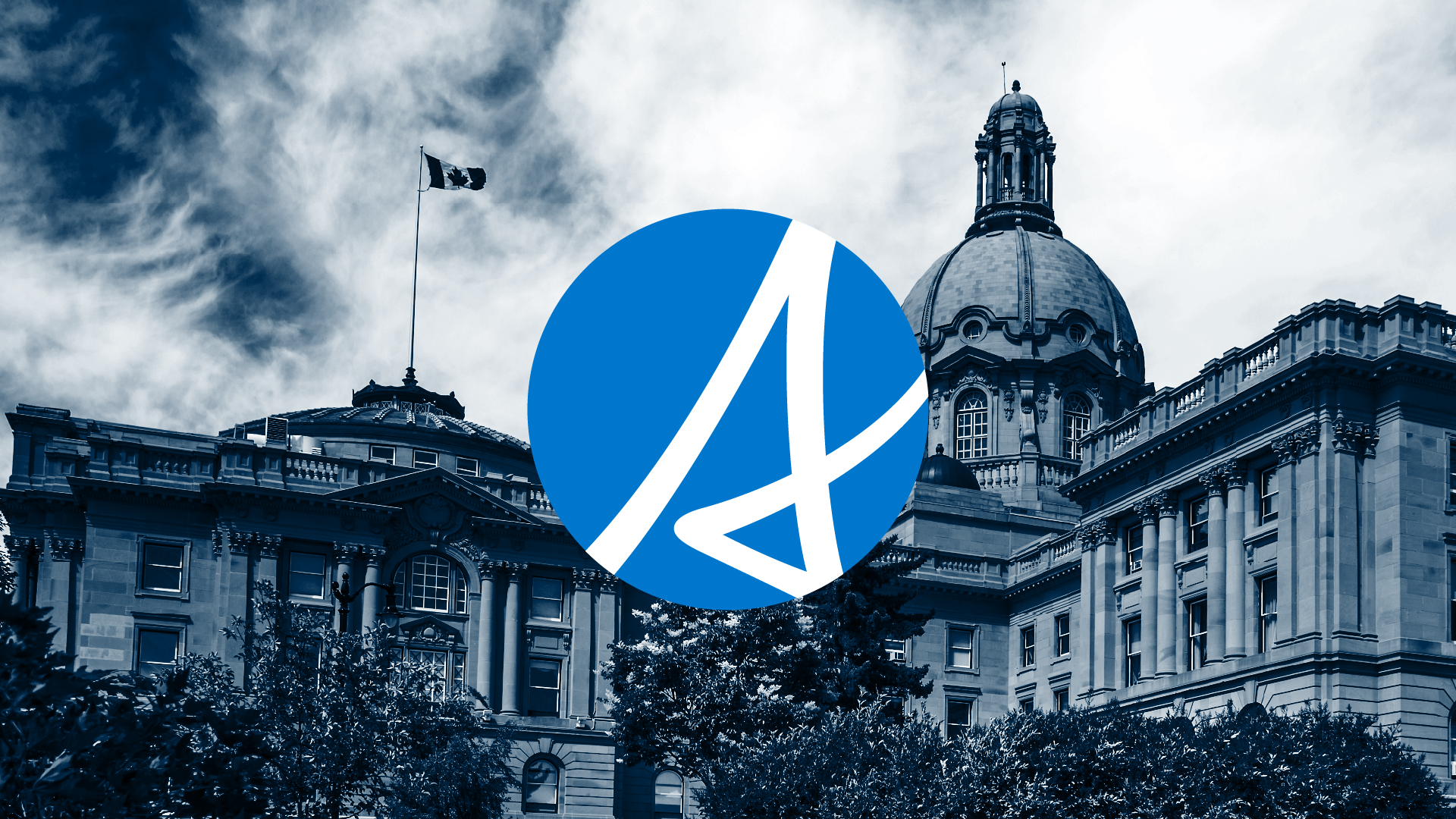First, they did not look at alignments and station locations.
They said, that even for the Calgary to Banff corridor, it was "emerging" that high-speed rail had a much better cost-benefit analysis than conventional. That makes sense since it would be on its own separate corridor, avoiding all the issues with sharing track with freight trains. They engaged with Class 1 freight rail (CPKC/CN), and accessing those tracks was described as "challenging".
Below is the proposed 30-year Network, their "North Star". This doesn't mean that this is what will happen, it is a recommendation. The idea for Calgary--Banff to be high-speed is quite intriguing to me. I would expect Calgary-Edmonton to be high-speed. In the Q&A they emphasized that if we're building greenfield, to avoid freight tracks, why would you not build high-speed, the cost is not actually that much more. They said it was less than double the cost with much higher ridership and many other benefits.
Even for the regional rail, it would be on its own separate greenfield corridor. Once in the area of the cities, high-speed and regional would share the corridor and high-speed would slow down from its 250km/h speed.
Here are some slides.
Recommended actions for government until 2040.
Next steps for government as part of that delivery plan.
Some background they gave. They identified greenfield opportunities, which I found very interesting as I was sure they would try to use existing rail.
Here's how they evaluated Regional Rail.
And Commuter Rail.
They compared using conventional and high-speed rail.






